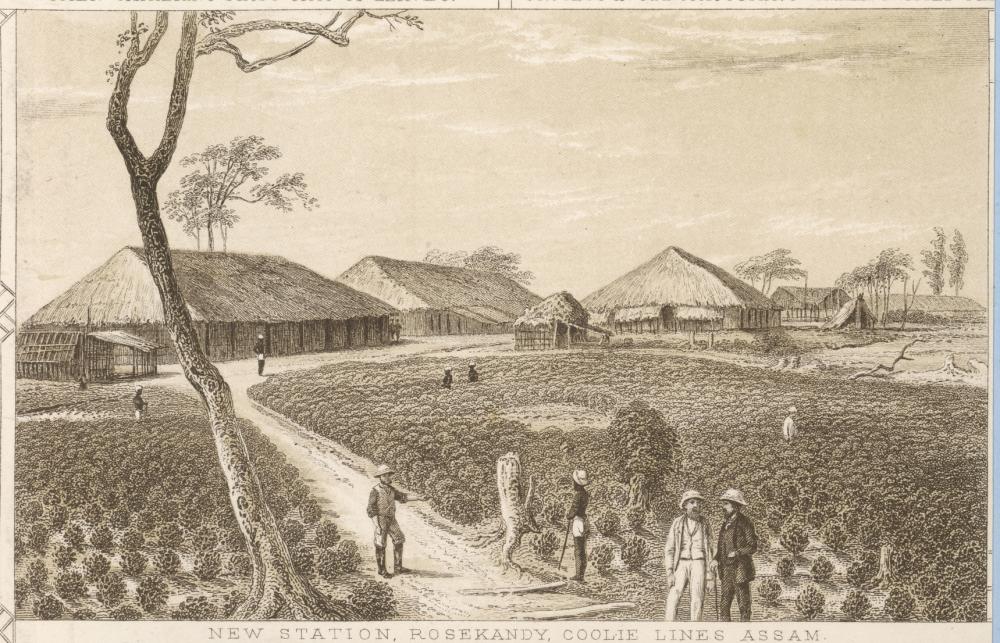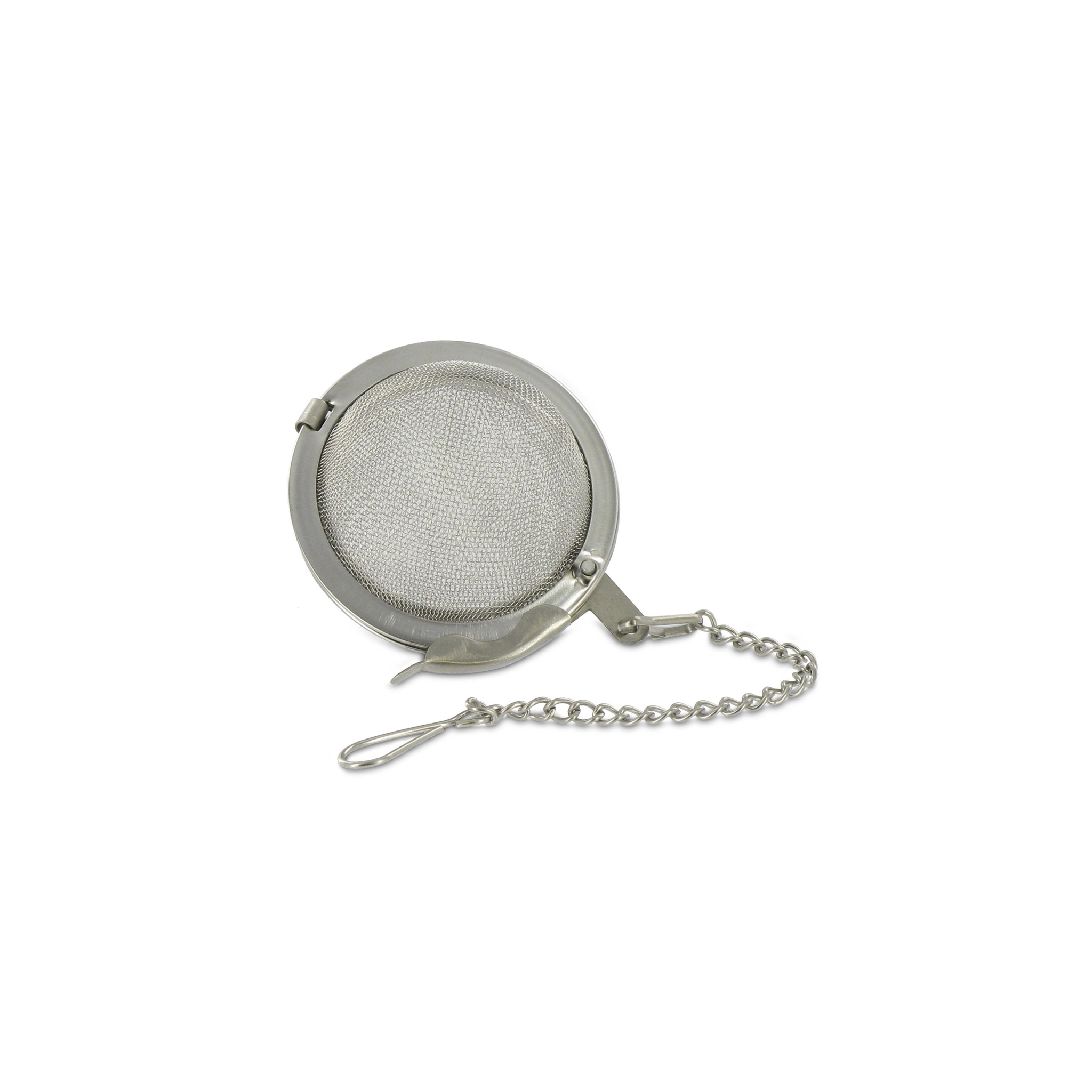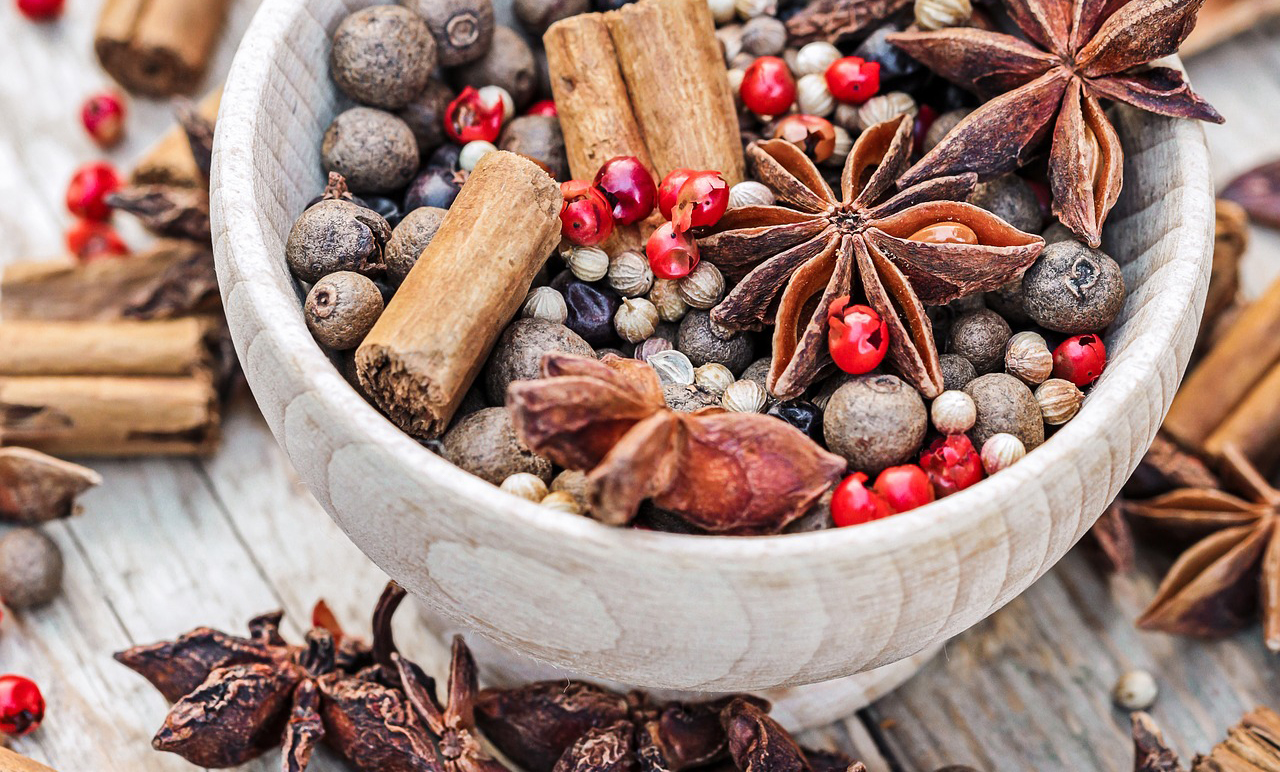History of Assam Tea

Assam is the largest
tea-growing region in India, which contributes approx. of fifty-two
percent of the country's total tea production.
Ever since tea was
discovered in Assam in 1823, all the credits were taken away by the Bruce brothers.
The world knew Robert Bruce to discover tea in Assam (the Northeastern region
of India) whereas very little knew that, the Singpho were the ones who used tea
as herbal drink much before the British discovered it.
In fact, when Robert Bruce
once fell ill during one of his expeditions, the Singphos offered him the
same herbal drink which was later discovered to be tea.
It was Maniram Dewan who
directed him to the local Singpho chief Bessa Gam. When Robert Bruce met
Singpho chief Beesa Gam in his quest to discover tea, the tribe not only taught
him the local way to grow these profitable yielding leaves but also helped him
understand a different kind of teas. But unfortunately, the same chief was
charged for taking part in the 1857 revolt against the British and was jailed
for a lifetime and sent to Kalapani in Andaman.
Maniram Dutta Baruah
popularly known as Maniram Dewan was the first Indian to start planting tea in
Assam. He was a Dewan (chief administrative and financial officer) of Assam
Company until he resigned in 1841 to start his own tea estate.
But the British hanged him
in 1858 for taking part in the mutiny of 1857. After Maniram Dewan's pioneering
efforts, many others, mostly the Assamese, came forward to plant tea.
The leaves of the Assam
tea bush are dark green and glossy and fairly wide compared to those of the
Chinese tea plant, producing delicate white blossoms.
Robert Bruce died shortly
after sending some tea plants for testing even before the plant was properly
classified. Later in 1830s Robert's brother, Charles, arranged for a few leaves
from the Assam tea bush to be sent to the botanical gardens in Calcutta for
proper examination. There, the plant was finally identified as a variety of
tea, or Camellia sinensis, but different from the Chinese variety.
The discovery of tea
plants in Assam enabled the East India Company to develop a trade, which China
had hitherto monopolized for a long time.
The first consignment of
twelve boxes of tea manufactured by the Singphos of Arunachal was shipped from
Calcutta to London in 1835.
Charles Bruce was later
appointed as the superintendent of the tea forests of the government of Great
Britain, who in 1837 sent forty-six boxes of Assam tea to the tea committee.
For an in-depth exploration of how was tea discovered in Assam, we encourage readers to explore this exclusive blog at:
https://teaorb.com/en-us/blog/how-was-tea-discovered-in-assam
The biggest research
center of tea in the world, situated in Jorhat, is Tocklai Tea Research
Institute.
According to another
report, Assam has over twelve hundred organized tea plantations that are of medium to large
size. There are also over one hundred thousand small-scale cooperative and individual tea
farms. On average, Assam produces over six million kilograms of tea per year,
making it one of the largest tea growing regions in the world.
The tea industry in Assam
plays a very important role in the state's economy, both in terms of revenue
and employment. Owing to its distinct character and taste, Assam tea holds a
unique position in the tea industry.













